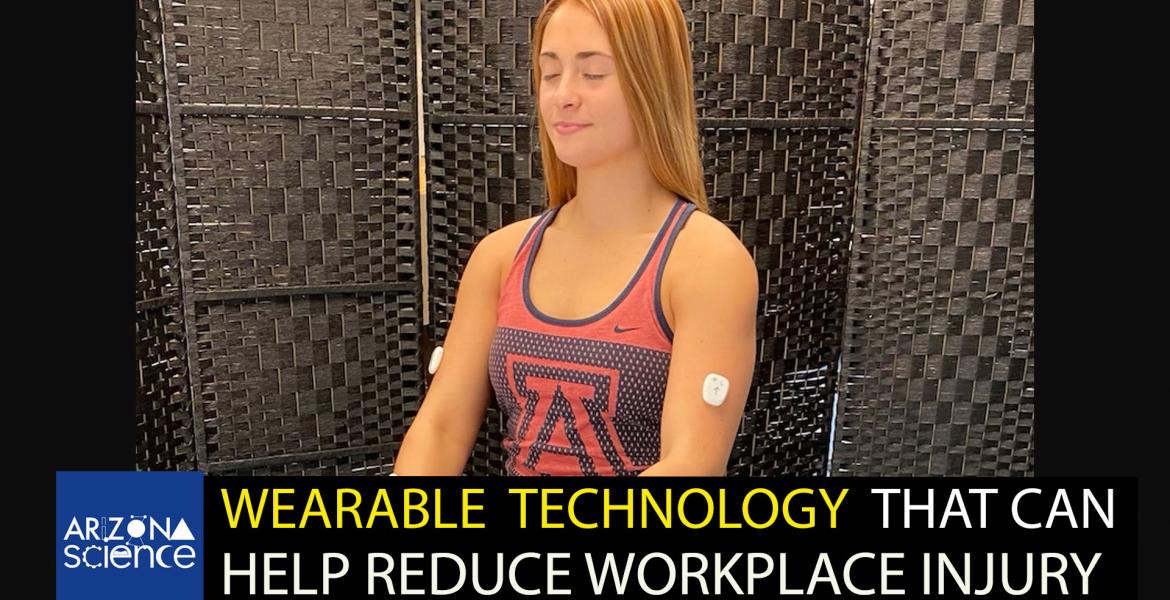Wearable Technology to Reduce Workplace Injury
Sol Lim, assistant professor of systems and industrial engineering, recently appeared on Arizona Science, to talk about how she uses advanced analytic tools to improve performance in daily lives. She does this in her Smart Life in Motion Lab by attaching sensors to people's bodies to collect data about their motion.

"For example, if you place two sensors on the upper arm and lower arm, then I can calculate the joint motion of the elbow based on those two sensors," she said. "Wherever we place the sensors, we can gather data and analyze it to calculate the kinematics of the human."
If people move in a way that can injure them, or increase their risk of injury, the sensors buzz, acting as a gentle reminder to correct their movement.
The applications for this tech aren't limited to only the workplace. Lim is also looking into using the sensor technology to working with elderly populations, who generally live more sedentary lifestyles than younger generations. The technology could help them to exercise safely at home and at their own pace.
"These innovative ways that you're developing to help us all improve how we move our bodies sound really interesting," said Leslie Tolbert, Regents Professor Emerita of neuroscience and host of Arizona Science.


